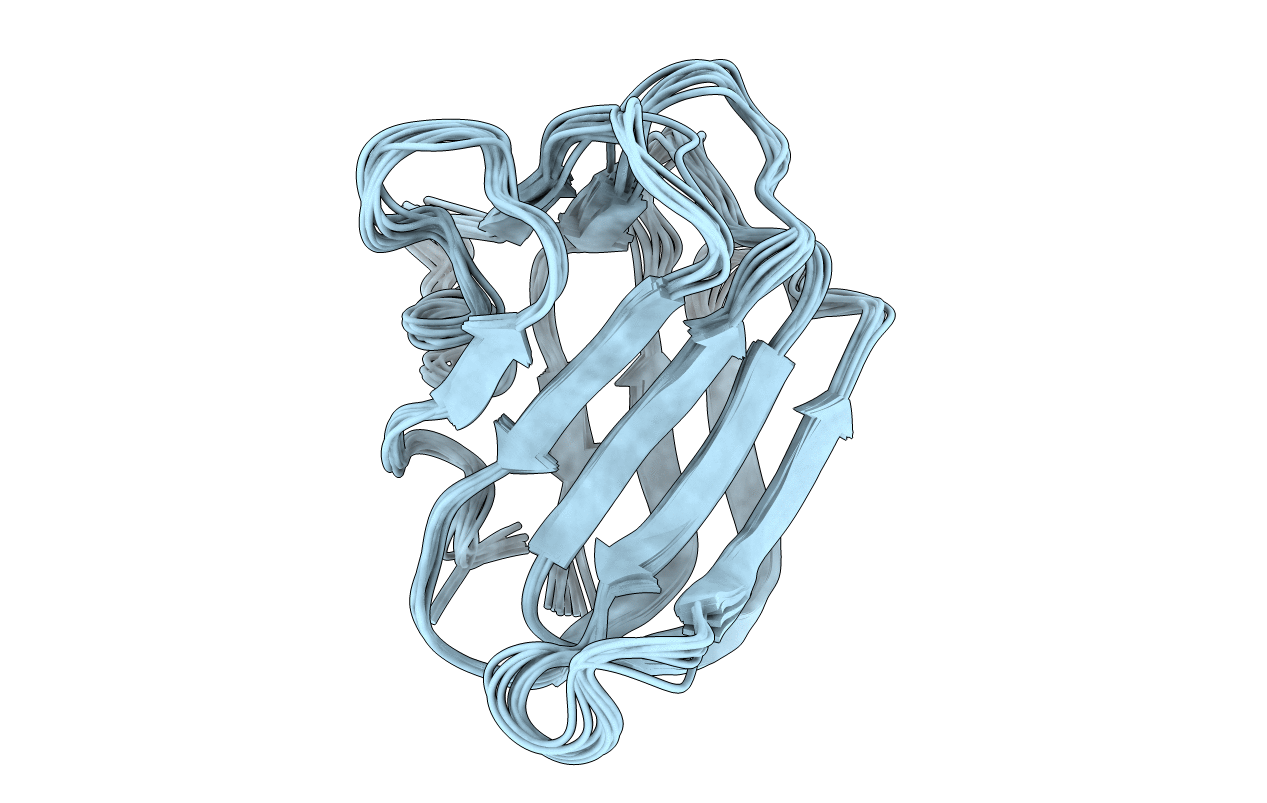
Deposition Date
2015-05-12
Release Date
2016-04-06
Last Version Date
2024-05-15
Entry Detail
PDB ID:
2RV9
Keywords:
Title:
Solution structure of chitosan-binding module 1 derived from chitosanase/glucanase from Paenibacillus sp. IK-5
Biological Source:
Source Organism:
Paenibacillus fukuinensis (Taxon ID: 170835)
Host Organism:
Method Details:
Experimental Method:
Conformers Calculated:
3000
Conformers Submitted:
10
Selection Criteria:
target function


